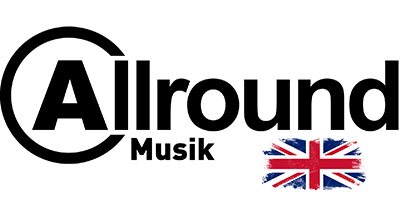Guitar effects
Guitar effects and pedals make your guitar playing much more interesting. Take control of your sound to a whole new level.


The great thing about guitar effects is that you can sound like Angus Young from AC/DC, Slash from Guns'n'Roses or George Harrison from the Beatles - all in the same night.
In the "old days" we had to make do with a good guitar and a good amplifier. But in 1948, the first commercial guitar effects pedal was released. It certainly wasn't something every guitarist had. But today, we can rejoice that effects and pedals have become both smarter and cheaper.
Which guitar effects should I choose?
There's an ocean of options when it comes to guitar effects and pedals. Where should you start?
Ultimately, it's a matter of taste. But if you're at a loss, you can start with some of the most commonly used pedals. These include overdrive, tuner and delay. These are pedals that virtually all guitarists use, so it's a safe place to start.
It will be easier to choose effects on and off along the way. Many guitarists end up having multiple pedals with similar effects because they sound slightly different and you fall in love with each one.
5 popular guitar effects
As mentioned above, there are tons of effects for your guitar. We want to help you get an overview of some of the most commonly used effects. Here is a brief description of 5 selected effects. Maybe this will guide you in the direction of which effects you want.
Overdrive
Overdrive is a mild distortion - a distortion of the sound. It's great for soft rock and pop.
Tuner
The tuner helps you tune your guitar. You may need to tune on the fly if you're playing a longer set. That's where the tuner is a great help.
Delay
Delay means echo. It's a popular effect that makes the notes fill out the soundscape much more.
Reverb
Reverb means reverb. This effect creates an illusion around the acoustics, making it sound like you're in a room - even if you're outside. It's especially good for quiet tracks where you want the sound to fill out more.
Boost
The Boost effect is great for solo pieces. It simply amplifies the entire guitar signal, making the sound louder. You want to be heard clearly when you solo.
How do guitar pedals work?
You basically just need a jack plug to get your guitar pedal to work. Jack plugs from guitar to pedal and then from pedal to amplifier. You've created a chain of effects and now it's time to start testing the pedals. Press all the buttons and see what it does for your sound.
If you're using multiple pedals at once, just make sure you have jack plugs between the pedals as well. It can give a pretty cool effect. You can find all the cablesyou need on this page.
